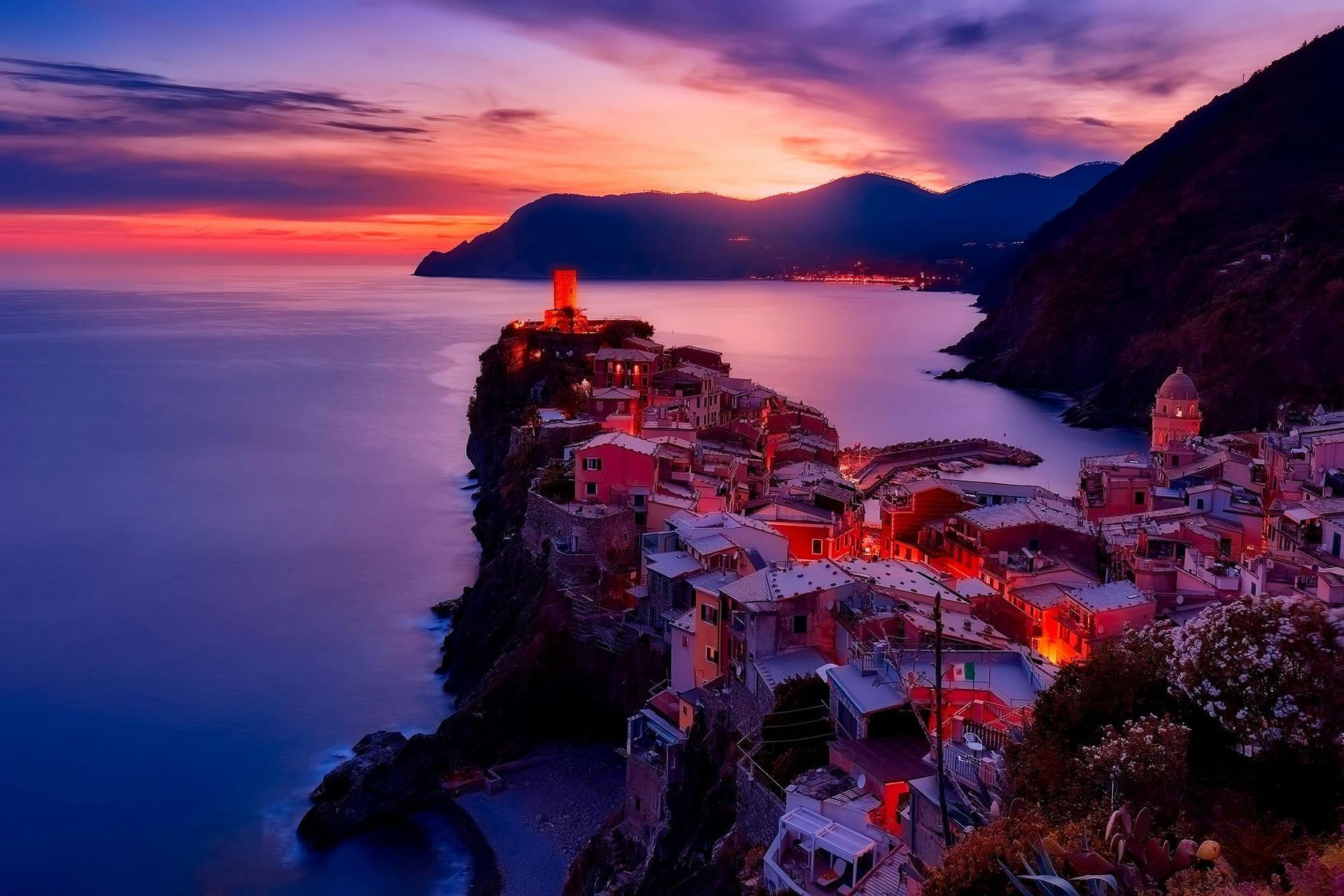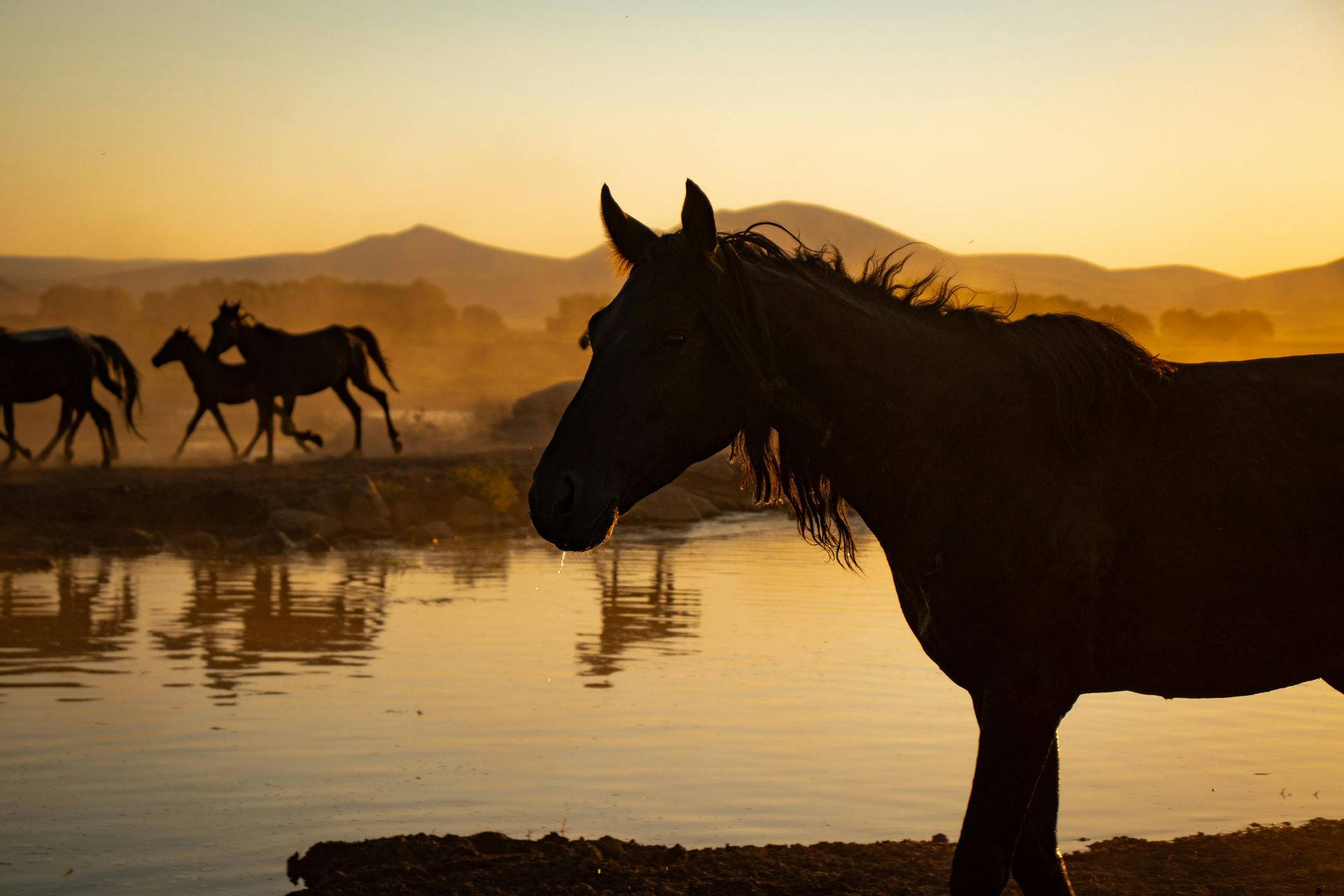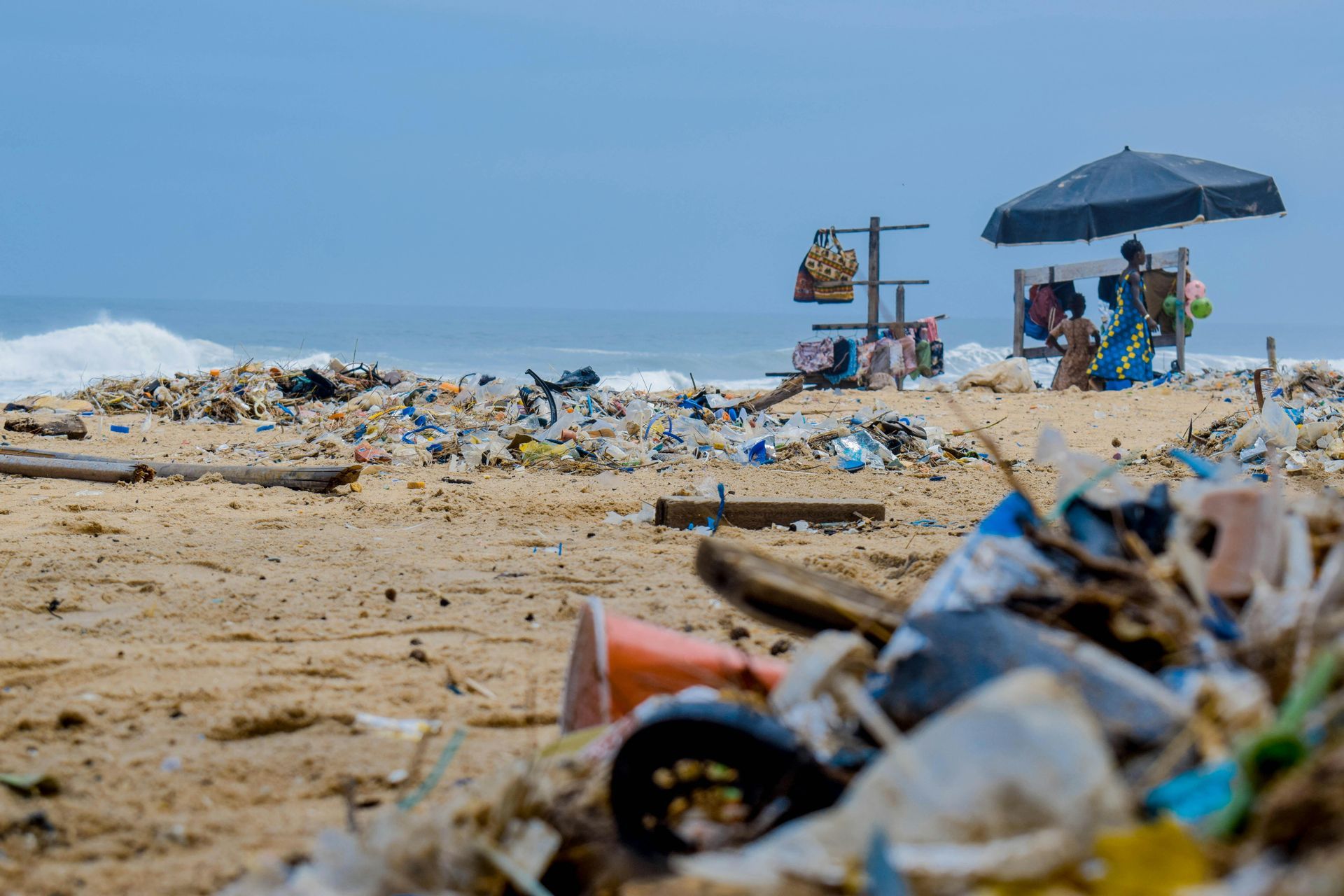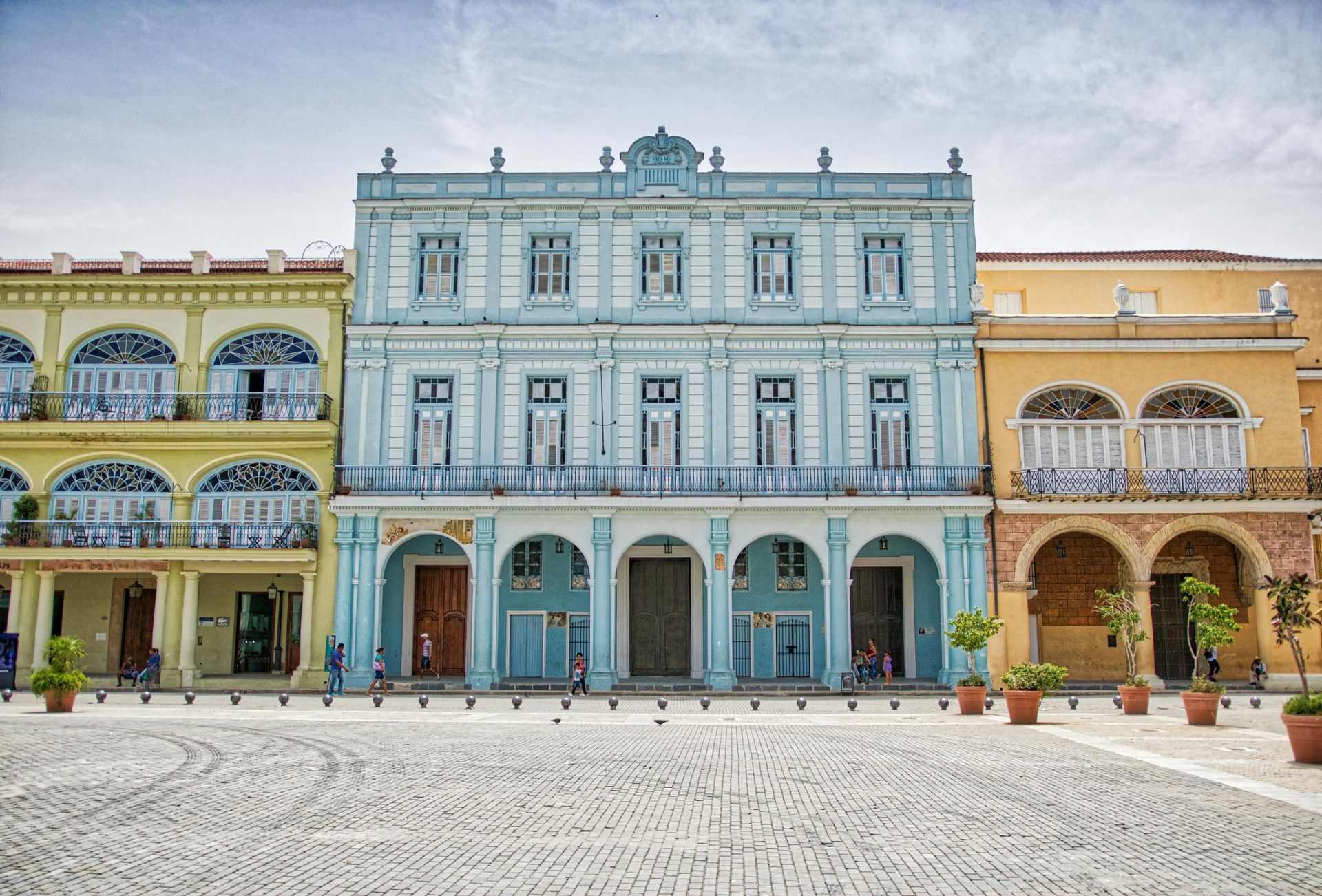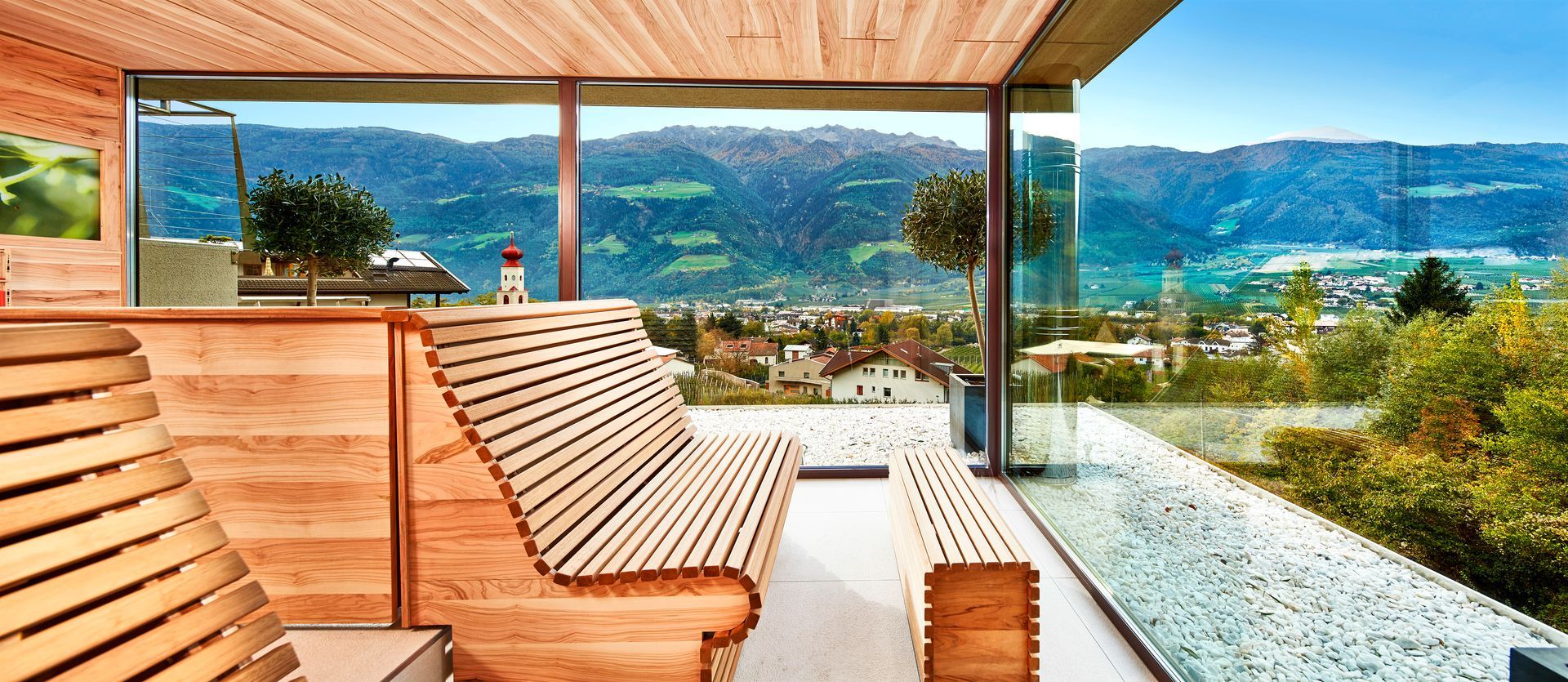How to Avoid Overcrowding: Sustainable Summer Holiday Travel Tips
How to Avoid Overcrowding: Sustainable Summer Holiday Travel Tips
As summer approaches and the school term winds down, the pull to get away intensifies. But in an era where travel is both a joy and a responsibility, how do we make choices that nourish rather than deplete? A sustainable summer holiday isn't about restriction—it’s about intention. Whether you're heading off with the family, seeking solitude, or indulging in a touch of luxury, summer offers the perfect backdrop to explore more thoughtfully.
Sustainability in travel doesn't mean sacrificing comfort or experience. In fact, it often enhances both. Below, we share gentle guidance on how to travel smarter during the busiest months of the year—without the queues, the stress, or the environmental cost.
Planning a Sustainable Summer Trip
Peak travel season doesn't have to mean predictable travel choices. With some forethought, it's entirely possible to enjoy the sunshine without the surge.
Begin by shifting your focus from the headline destinations—the ones that appear endlessly on Instagram reels and Pinterest boards. You know the ones: the Amalfi Coast road trip, the lavender fields of Provence, Santorini’s blue domes at sunset. These places are undeniably stunning, but they’re also overwhelmed—staged, filtered, and increasingly detached from local reality.
Instead, seek out places that feel less curated and more connected. Swap the Cinque Terre for Puglia’s whitewashed villages. Trade the lavender crush for the sunflower fields of Castilla-La Mancha. Choose experiences over aesthetics—because the best travel memories rarely come from a perfect photo, but from an unfiltered moment.
Also consider your mode of travel. Could you reach your destination by train or ferry instead of flying? Summer is ideal for overland adventures—warmer weather, longer daylight hours, and the chance to savour the journey. Eurostar routes, scenic rail journeys through the Alps, or ferry-hopping across the Scottish isles all make for slower, richer experiences.
And remember: flexibility is your ally. Travelling mid-week, outside of traditional check-in days, or choosing shoulder periods within the summer window (late June or early September) can help you avoid the bulk of the crowds—and enjoy more for less.
Avoiding Overcrowded Destinations
Summer and crowds are a classic pairing, but they needn’t be inevitable. Overtourism doesn’t just make destinations less enjoyable; it puts immense pressure on local communities, ecosystems, and infrastructure.
So what can we do?
First, avoid falling into the ‘must-see’ trap—those destinations that feel almost algorithmically recommended. If you're drawn to Greece, try the lesser-known islands like Poros—charming, pine-draped and just a short ferry from Athens. It offers all the beauty of the Aegean without the constant churn of tour groups. Similarly, in Portugal, swap the well-trodden Algarve coast for the slower rhythm of the Alentejo. Here, rolling vineyards, cork forests and quiet, whitewashed towns feel far removed from the summer crush.
If Spain calls, bypass Barcelona in favour of Girona or the quiet charm of Galicia. These alternatives still offer rich culture, beautiful landscapes, and delicious food—but without the masses.
Also, be mindful of larger ports and the excessive amount of cruise ships that descend on them. Cities like Dubrovnik, Venice, and even Lisbon can feel overwhelmed during peak docking hours, their narrow streets flooded with day-trippers. Consider staying outside major port cities or timing your visit to avoid the cruise ship schedule entirely. Often, the nearby inland towns or lesser-known coastal villages provide a more peaceful and authentic experience.
Second, reconsider what a ‘summer holiday’ looks like. Coastal breaks are lovely, but high-altitude retreats in the Swiss or Austrian Alps offer cooler temperatures, wildflower meadows, and spectacular walking trails—without the crowds typically found on the coast.
Finally, look closer to home. Britain in the summer can be staggeringly beautiful, particularly in places like the Lake District, Snowdonia, or the rugged coasts of Cornwall and the Outer Hebrides. Staycations are not only gentler on the environment—they often reconnect us with the landscapes and stories on our doorstep.
Tips for Eco-Friendly Summer Travel
Sustainable travel thrives on small, consistent decisions. They may seem minor, but their ripple effects are meaningful.
Pack with purpose: The less you take, the less you weigh down your mode of travel—and yourself. Focus on breathable, versatile clothing you can layer and re-wear. Avoid single-use items and instead bring reusable water bottles, cutlery, and shopping bags.
Support green accommodation: Look for places that have strong environmental credentials. This goes beyond towel reuse signs—seek out lodgings powered by renewable energy, engaged in habitat protection, or committed to local sourcing. Whether it’s a solar-powered finca in Mallorca or a treehouse retreat in Devon, the options are growing fast.
Choose local: Food is one of the great joys of summer travel—ripe fruit, alfresco meals, seafood straight from the shore. Choose local, seasonal options where possible. Skip chain restaurants in favour of independent eateries and food markets. Not only will the food be better, but the community benefits directly.
Travel light on the earth: Walk, cycle, or use public transport once you arrive. Many destinations are embracing car-free travel by improving pedestrian zones and cycling infrastructure. Let this be part of your holiday experience rather than a compromise.
Offset with care: If you must fly, carbon offsetting can help—but ensure the scheme is credible. Better still, combine offsetting with practical action: book longer stays, reduce internal flights, or choose to explore one region deeply rather than many superficially.
Sustainable Luxury Summer Escapes
Luxury today isn’t defined by abundance—it’s defined by intention. True luxury lies in time, space, and a sense of place. The new generation of sustainable luxury travel reflects this shift, offering meaningful experiences that are both indulgent and responsible.
- Arctic TreeHouse Hotel (Rovaniemi, Finland)
Perched just below the Arctic Circle, this sleek timber-clad hideaway combines Scandinavian minimalism with strong eco credentials—geothermal energy and solar-thermal panels. And yes—Lapland may be best known for its reindeer and Father Christmas, but visit in summer and you'll discover golden light, hushed pine forests, and wild berries in abundance. Santa’s off-duty, and it’s glorious.
- Craveiral Farmhouse (Alentejo, Portugal)
A design-led, family-owned retreat set amid cork groves and farmland. This property quietly champions sustainability with solar energy, organic gardens, and a kitchen that celebrates terroir. Its simple elegance makes it ideal for slow-paced summer escapes.
- Gundari (Folegandros, Greece)
Carved into cliffs overlooking the Aegean, this minimalist haven marries Cycladic architecture with eco-friendly practices. Built with local stone and emphasising authenticity, it’s a calm retreat far from the Instagram masses.
- Valsana Hotel (Arosa, Switzerland)
A stylish alpine sanctuary built from sustainable timber and featuring an innovative ice-battery for eco-heating and cooling. Summer brings crisp mountain air and hiking trails—plus the reassurance of forward-thinking sustainability.
- Treehotel (Swedish Lapland)
Architecturally distinct treehouses (mirrored cubes, UFOs and more) suspended in pine forests. Built with minimal environmental impact, each offers forest immersion, wood‑fired saunas, locally foraged meals, and peaceful solitude under the midnight sun.
- The Scarlet Hotel (Cornwall, UK)
Clifftop luxury meets adult-only tranquillity, with natural tidal pools, Ayurvedic spa rituals, and an eco-minded ethos. It's an elegant homegrown option rooted in regenerative hospitality.
Final Thoughts:
Summer travel is something we look forward to all year—but it doesn’t have to come at a cost to the places we love. By travelling more consciously—choosing less-trodden paths, extending our stays, supporting local economies—we help preserve the essence of these destinations for years to come.
Let’s embrace the slower season. Let’s ask more of our holidays—not in terms of what we can extract, but what we can contribute. The result? A more meaningful, enriching, and restorative summer—for us and for the world around us.


